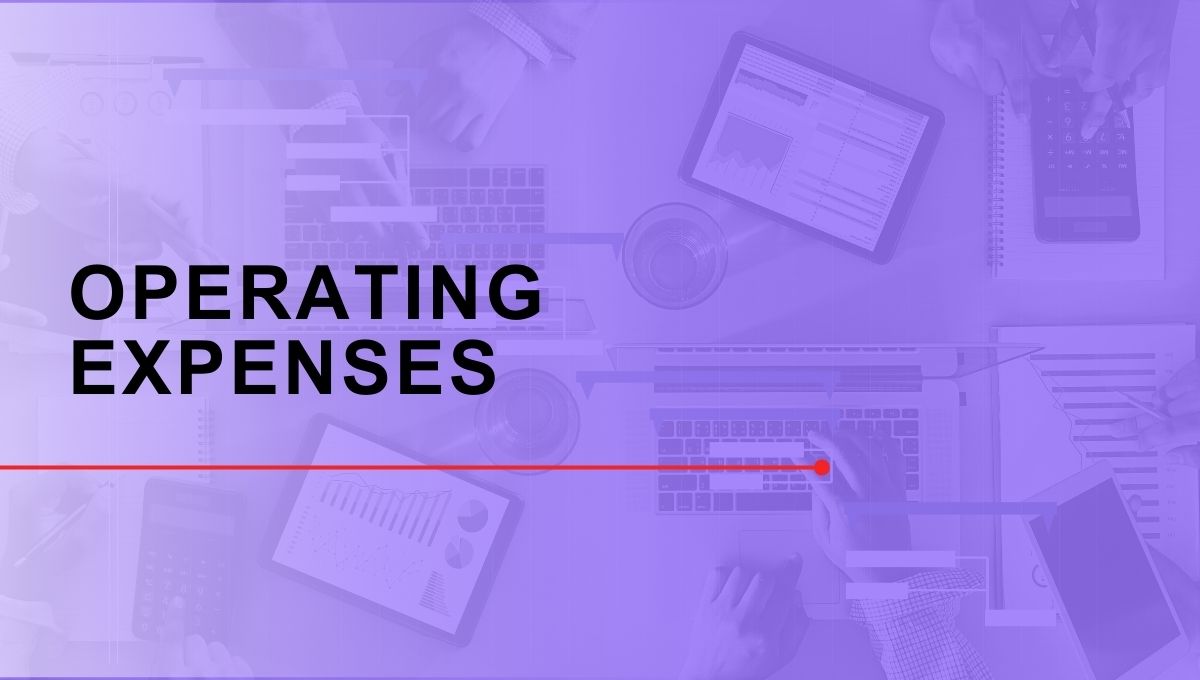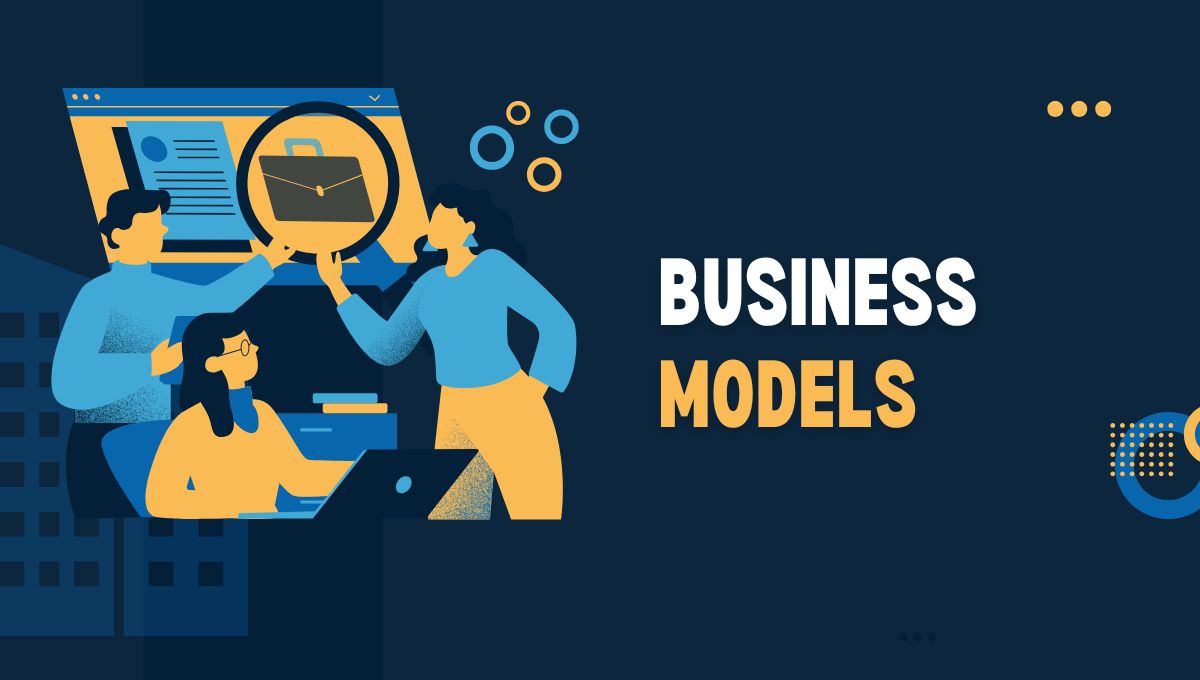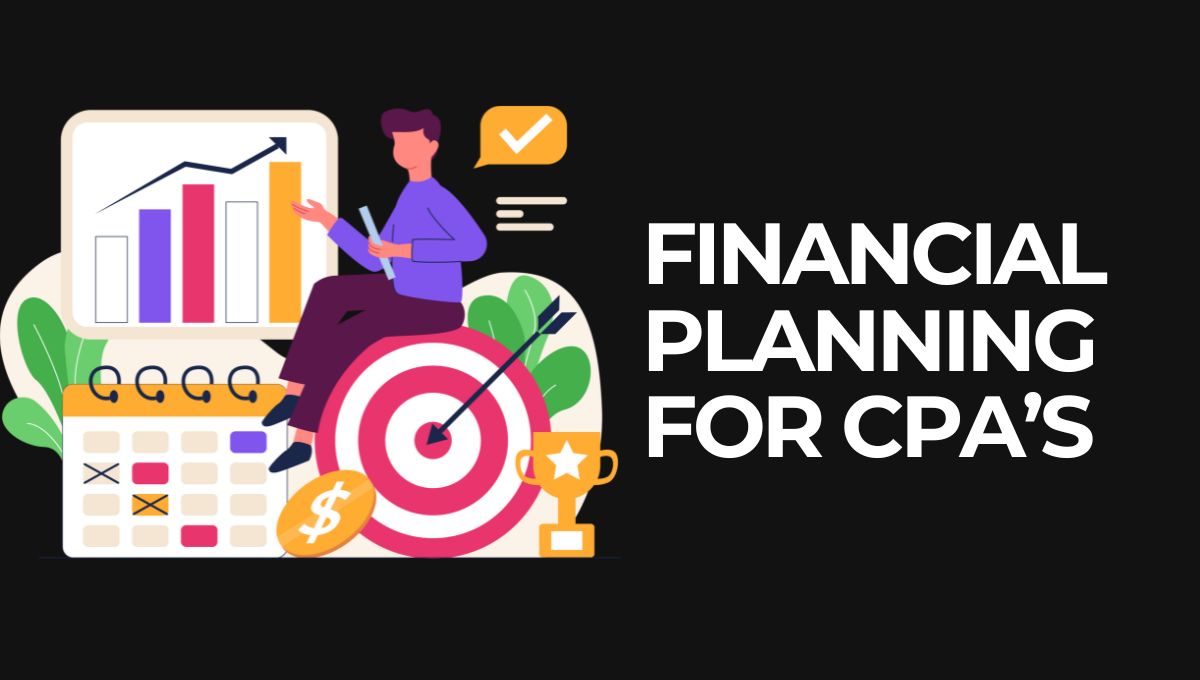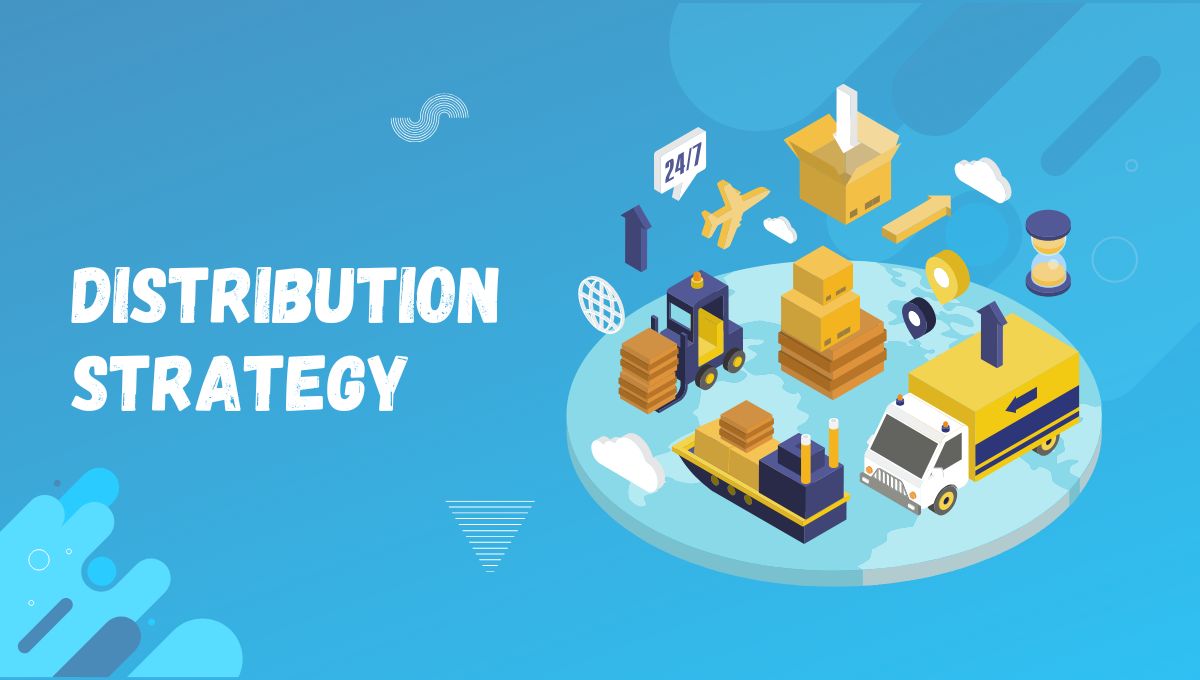Want to become a successful project manager? A fair understanding of business law is a must. Learning the business regulations can be a game changer for project success. Given the rapid pace of the modern business world, project management professionals must always possess the requisite legal knowledge to ensure the successful completion of any project.
Now, imagine being right inside the depth of a multi-faceted project only to realise that there are issues of compliance that have the effect of a stop sign that sets back progress, incurs costs, and, in some cases, tarnishes the client’s good name.
Being wise about various legal aspects can help you prevent these challenges and lead your team to accomplish goals seamlessly. Keep following this article to learn more about the role of business law in India.
Business Law in India
Business law is the backbone of any successful organisation, guiding its operations and protecting its interests in a complex, regulated world.
It helps companies avoid legal risks, maintain ethical standards, and navigate contracts, employment, and regulatory obligations smoothly.
Types of Business Laws
Here are the major subtypes of business law in India:
- Contract Law: Governs agreements between parties, ensuring that terms are met and protecting against breaches.
- Employment Law: The law that outlines the relationship between employers and employees, including but not limited to salaries, safety in the battling fields, and labour.
- Intellectual Property (IP) Law: The law that acts against the infringement of innovative businesses and protects their creations, inventiveness, and branding elements.
- Tax Law: The law which upholds all businesses’ tax liabilities and affects their planning and profitability.
- Environmental Law: The law that lays down the operational standards preventing violations of the ecosystem, which is critical in ensuring business sustainability.
Project Management Essentials
Here are the project management essentials that you should know to become an efficient manager:
- Structure and Governance
This section outlines the project’s power and decision-making, ensuring clear accountability. It involves the project’s roles, responsibilities, and standards, which act as bedrock in management.
- Legal Compliance
Legal compliance is one of the crucial project management essentials. It upholds ethics and makes the final submission perfect. Therefore, any small—to large-scale project must adhere to related legal criteria so it does not affect society or individuals in general.
- Project Management Plan
This is the main document that outlines the project’s primary objectives, deadlines, expected deliverables, and limitations. Additionally, it forms the core of the execution of all phases of the project and ensures that the project is in harmony with the organisation’s strategy.
- Change Management Plan
This is the strategy for handling project modifications. It describes how to make changes and how, if they are approved, these changes will be implemented. Hence, it assists in managing disruptions while maintaining project goals and stakeholder alignment.
- Resource Plan
Resources plans highlight the amount of resources needed to carry out the task (team, tools, finances). Thus, a well-executed resource plan identifies various shortages, which can then be cut to ensure efficiency in resource utilisation for operations.
- Project Management Lifecycle
It contains five stages: initiation, planning, execution, closing, and monitoring. Now, this kind of lifecycle helps in the timely completion of projects while making provisions for the change in requirements.
- Essential Tools
Using the tools improves teamwork and productivity. Hence, one can manage project tasks by using task management, communication, and document-sharing tools, such as Asana, Trello, Slack, and Google Workspace respectively.
Legal Compliance in Project Management
Compliance with business laws is vital to ensure that projects operate ethically, with minimal risks, and maintain the organisation’s reputation. Here are the multiple categories of legal compliance in project management:
- Industry Compliance
Industry-specific regulations guide project standards, especially in fields like healthcare, finance, and construction. Some industries, such as healthcare, financial services, and construction, have pre approved standards for project teams to set deliverable quality and safety.
Examples: Labour law, Data safety laws, etc.
- Regulatory Compliance
Regulatory compliance involves adhering to national and international laws governing business operations. In India, for instance, aspects such as environmental protection legislation, organisational integration policies, and taxation laws come into play. Additionally, it is of utmost importance to keep these in mind while managing projects, as failure to do so can lead to penalties.
Examples: Financial regulations, EPA, or Environmental regulations.
- Organisational Standards Compliance
Each organisation has its own internal policies and standards that project teams must follow. These stipulate the project’s scope and objectives, the timing of its completion, and the expected productivity. Adherence to organisational standards upholds the organisation’s values and goals.
Examples: The code of conduct regulations in a company.
- Privacy Compliance
With the increase in digital data, privacy compliance emerges as a non-negotiable issue. Laws like the Personal Data Protection Bill in India are essential to safeguard customer and employee information. They help ensure that sensitive information is utilised and stored with prudence.
Examples: The Digital Personal Data Protection Act 2023 (DPDPA)
- IT Compliance
Technical projects must adhere to specific IT policies and legal restrictions, such as software licensing and data integrity policies. IT compliance ensures the legality and efficiency of digital tools and software, limiting risks of abuse and misuse.
Examples: The Information Technology Act (IT Act) and Information Technology (Reasonable Security Practices and Procedures and Sensitive Personal Data or Information) Rules (SPDI Rules)
Final Thoughts
In the complex structure of business laws, project managers need to have the required knowledge to ensure the successful completion of a project. It helps them to steer their projects toward achievement and success.
Today, with the right project management courses like XLRI Project Management for Senior Professionals from Imarticus Learning, you can learn the intricacies of the field and move on in your career.










